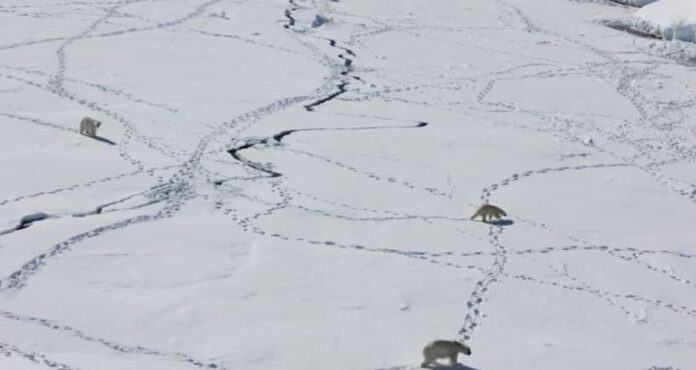An isolated population of polar bears in Greenland has made a clever adaptation to the decline in the sea ice they depend upon as a platform for hunting seals, offering a ray of hope for this species in at least some locales in the warming Arctic.
This population of several hundred bears, inhabiting part of Greenland’s southeast coast on the Denmark Strait, has survived with only abbreviated access to ice formed from frozen seawater by hunting instead from chunks of freshwater ice breaking off from the huge Greenland Ice Sheet.
“They survive in fjords that are sea-ice free more than eight months of the year because they have access to glacier – freshwater – ice on which they can hunt. This habitat, meaning glacier ice, is uncommon in most of the Arctic,” said University of Washington polar scientist Kristin Laidre.
They were found to be the world’s most genetically isolated polar bears, distinct from the species’ 19 other known populations. They have been almost entirely cut off from other polar bears for at least several hundred years, with no evidence of any leaving, though some evidence of an occasional arrival from elsewhere.
Follow on Facebook (https://www.facebook.com/industrialpunch) and Twitter (https://twitter.com/IndustrialPunch) for updates on social media…
















